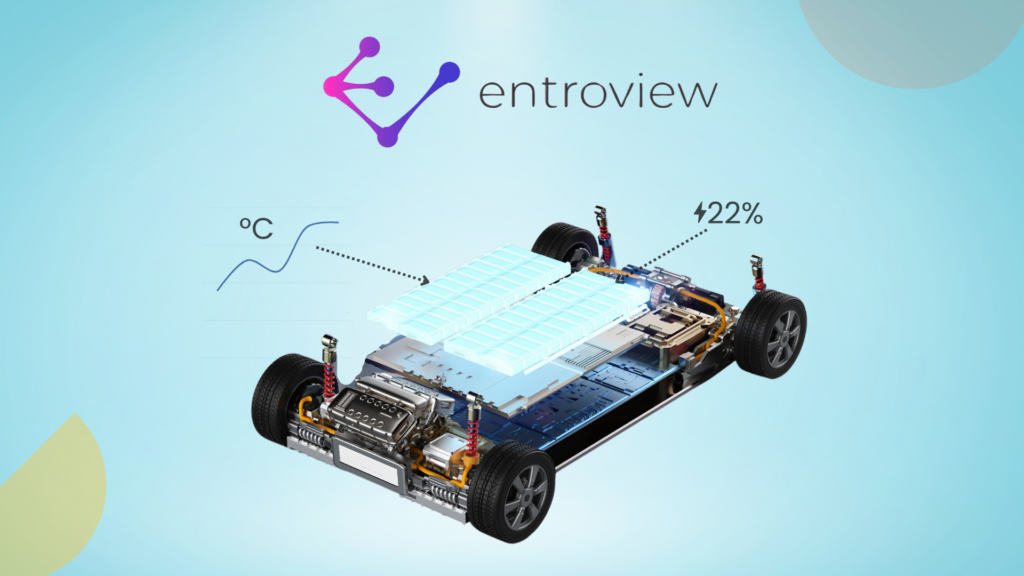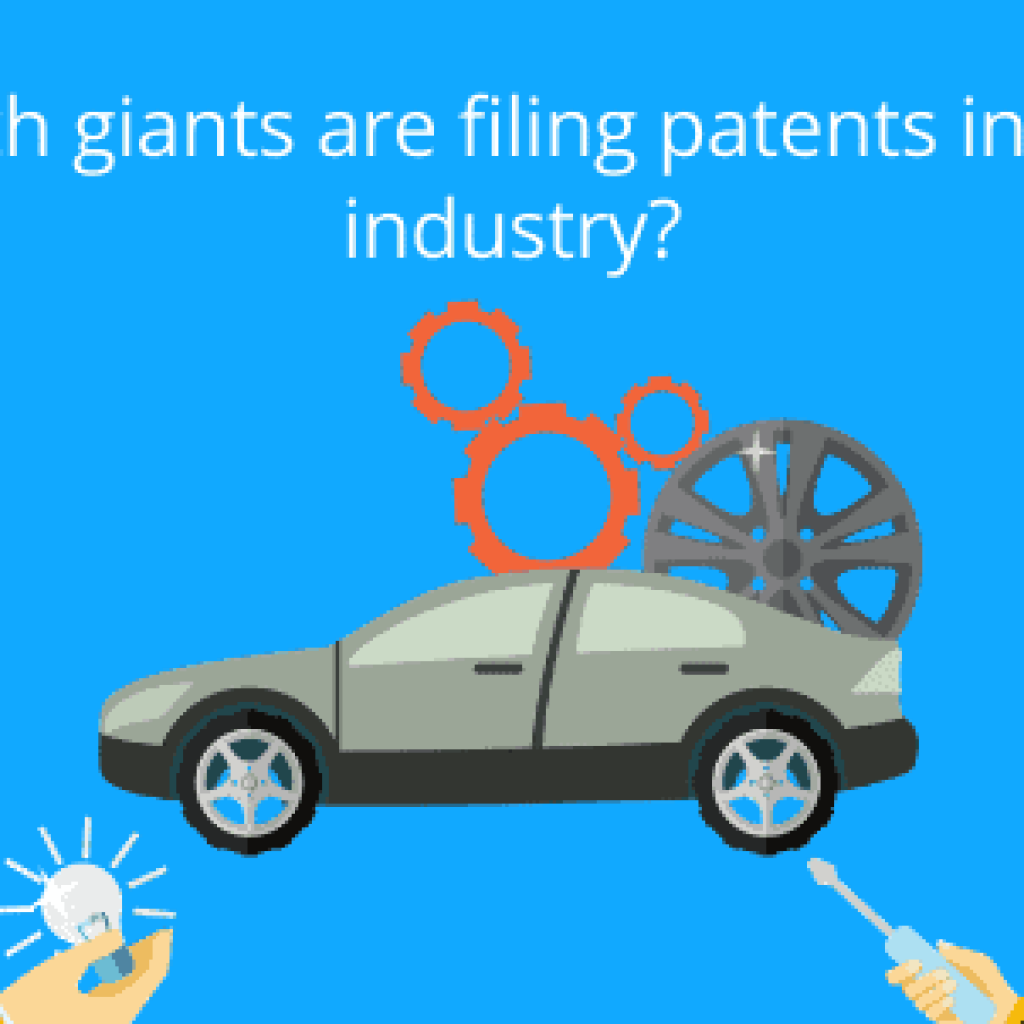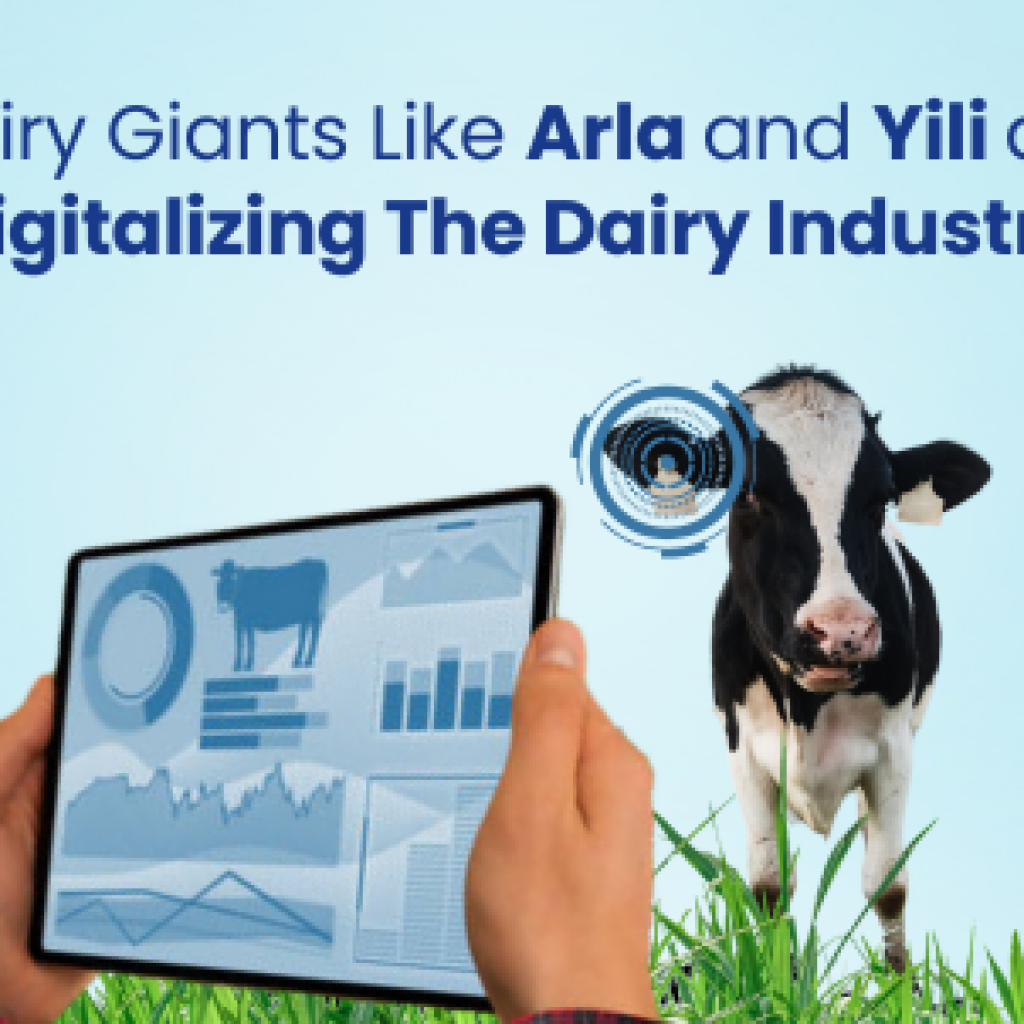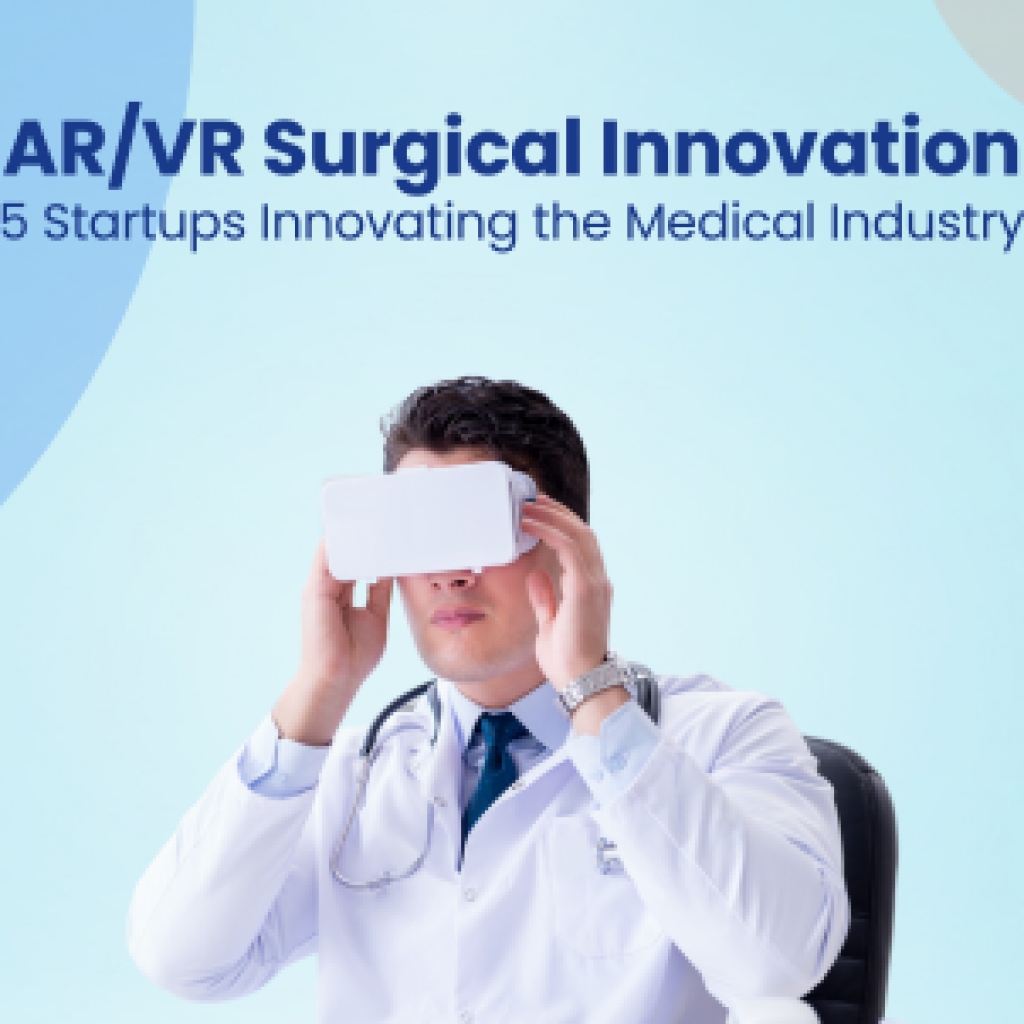Before Ford’s Model T was introduced in 1908, the 500 automakers in America were building customized novelty cars only. Even though numerous automakers existed, the automobile industry was small, and the cars produced were unappealing and overpriced. The cost of a single automobile back then was $1500, on average twice the annual salary of Americans.
The Model T came out in 1908, had only one color (black), and solved all the disputes with price and reliability. The Model T cost was $850 in 1908, which was reduced to $600 by 1909, with a tagline in their brochure proclaiming, “Watch the Ford Go By, High Priced Quality in a Low Priced Car.” Cars were also easy to repair, so the cost dropped to $240 by the end of 1924.
Ford called it an automobile “for the great multitude, constructed of the best materials.” The price was friendly, the design was standardized, the parts were interchangeable, and the options for a customer in this price range were limited.
Ford’s Model T replaced skilled and creative labor with normal unskilled labor by executing a small task repeatedly, with more efficiency. It was made more accessible by building an assembly line. The idea was taken from a slaughterhouse where carcasses were hung on hooks mounted on a movable monorail. Cross-industry innovation did wonders here, and Ford developed the world’s first assembly line on the production grounds of Model T, which decreased labor hours by 60%.
Ford’s triumph was built using a highly profitable business model. His model is one of the best examples of innovations following the Blue Ocean Strategy, where you focus on value innovation to capture a segment without competition. Let us discuss this strategy in detail and how you can be the next one to benefit from it.
Why do we say that the market is like an ocean?
Since we are discussing the concept of the Blue Ocean Strategy, you may wonder why we use the word ocean. Well, your market is an ocean divided into Red and Blue areas. As the name indicates, Red is the part where many competitive products exist, and it is, therefore, challenging to make your product stand out. The red ocean market is crowded and on the verge of already saturated. Products become commodities, and your organizational growth and revenues degrade if not fought tooth and nail with the competitors.
Blue Ocean, on the other hand, is an unsaturated area, and with the right business strategy, you can find ways to gain market space without competing with anyone. You focus on creating a product with high differentiation and low cost. Additionally, this is where innovation will give a new direction to your organization.

As a result, your product shifts from the crowded red ocean where a cutthroat war is going on to the blue ocean. All this gives you an early mover advantage while making the competition irrelevant.
Which Components help you create Blue Ocean Shift?
The Blue Ocean Strategy sounds simple, but various components are essential in implementing it. Here are some components that will help you shift from red to blue ocean.
Mindset:
The first component is to expand your mental horizons. Open your mind to accept challenges leading to significant discoveries. This strategy will compel you to “shift your know-how” to where the opportunity lies.” The red ocean sometimes seems safer since the market has already been tested. While the Blue Ocean needs exploring out of its comfort zone, changing its mindset is essential to building a Blue Ocean strategy.
The right research:
The next component is researching the market in the right direction to move forward successfully. You wish to make billions and know a revolution needs to be brought. You have achieved the mindset required and are all set.
But if you do not know how to move forward with the proper research and team, you can never bring your Blue Ocean perspective into existence! GreyB’s Open Innovation services can guide us moving forward.
Human-ness:
The third and last component aligns with humanistic behavior- something you call “human-ness”. After a luminous idea, a clear strategy, and the best tools, you’ll need the next step to have a new value-cost frontier.
That step would be creating confidence in people who work for you, inspiring them to volunteer and cooperate, and ultimately generating a “don’t give up no matter what” attitude in them. The article on HBR, Blue Ocean Leadership, captures the essence of the leadership strategy you should follow.
Two approaches to creating a blue ocean in your market
Demand is created rather than fought over. Numerous opportunities need to be innovated in or around your business to have both rapid growth and huge revenues.
There are two distinct approaches to creating a blue ocean. The first is to create an entirely new market like eBay did with its online auction industry. They followed a concept that was floating far away from their ocean.
Before they sailed their boat in 1995, a person had to release a newspaper advertisement to sell the unwanted stuff. The ads had no product visuals and were limited to only two-liner descriptions. After launching their market-changing tool, the sellers hopped on to eBay’s online paid services from the free adverts in newspapers and made the company hit a turnover of $16 billion by 2013.
In the second, you create a blue ocean out of a highly crowded red ocean. It’s done by coming up with an idea that pushes the existing boundaries of your business. The example of the Ford Model T, which I provided at the beginning of the article, is an example.
Expert suggestion for R&D to avoid a red ocean trap
Undoubtedly, R&D is a crucial driver of an organization’s growth and exploitation of the blue ocean strategy. Sometimes, leaders confuse technological innovation with market creation. This leads to channeling R&D in the wrong direction and falling into the red rather than the blue ocean.
Hence, Tech leaders should focus on value innovation instead of technological innovation. The products resulting from their R&D efforts should offer their consumers a leap in value.
iTunes, for example, was a value innovation that solved both issues: artists’ frustration with copyright infringements and consumers’ hassle with purchasing the whole album to listen to a song.
On the other hand, Google Glass was a technological innovation, not a value one. Because instead of providing value, it raised privacy concerns among its consumers. The result was that even before it would have shifted from early adopters to mainstream consumers, it got banned in bars, movie theaters, hospitals, and classrooms.
“I found that it was not very useful for very much, and it tended to disturb people around me that I have this thing.”
~ James Katz, Director of Emerging Media Studies, Boston University on usage of Google Glass
Authored by: Annie Sharma, Marketing team










